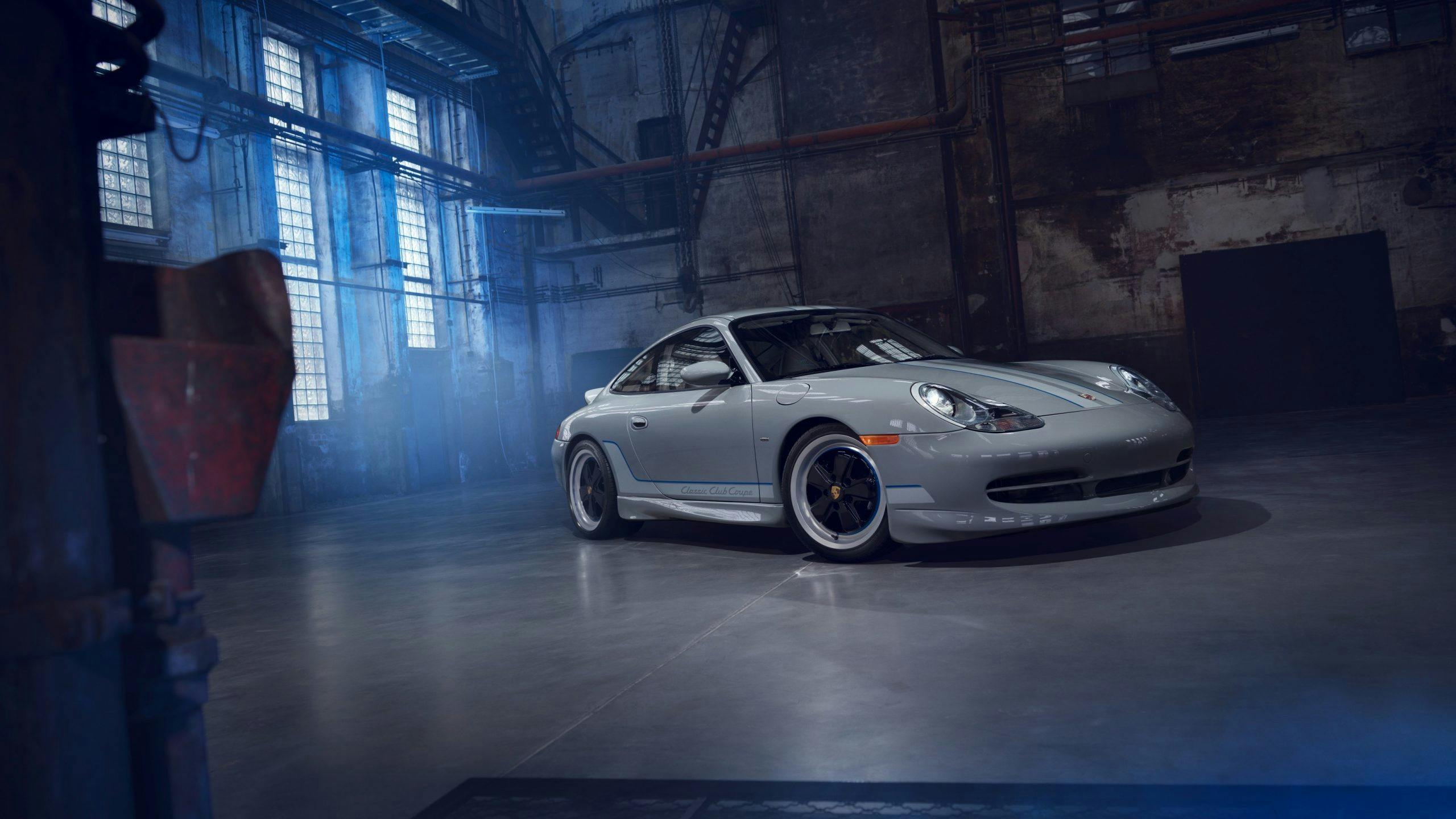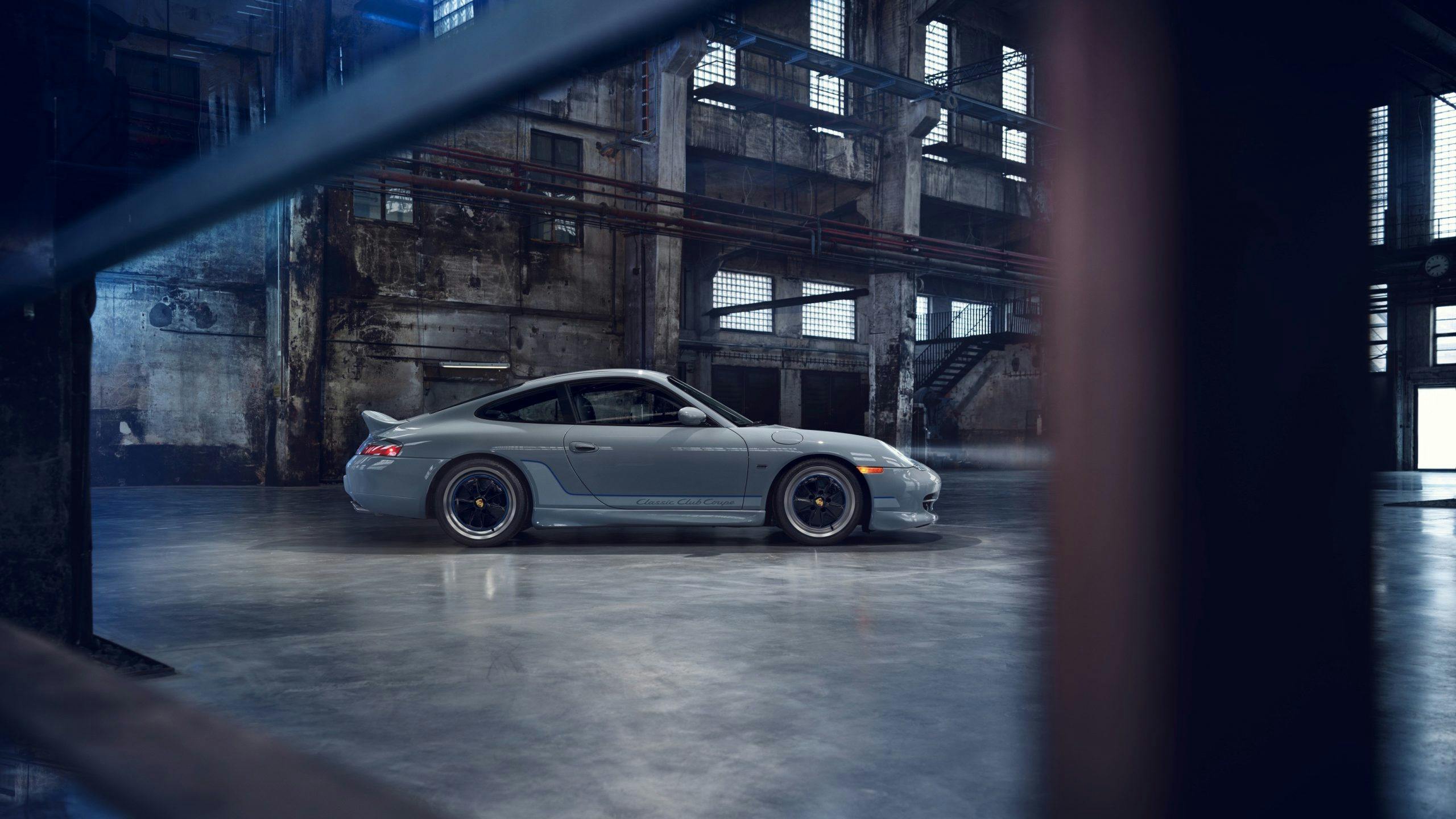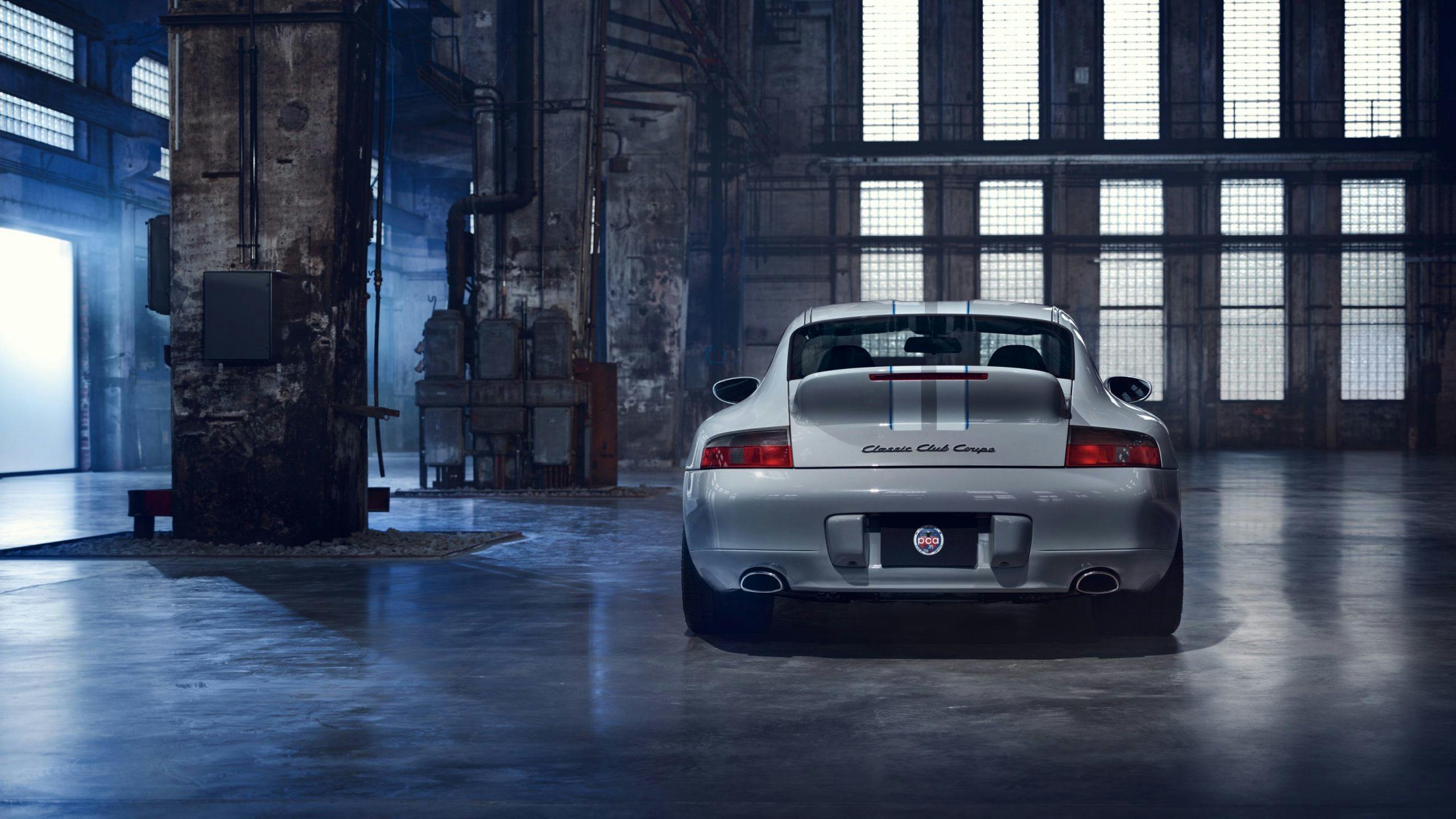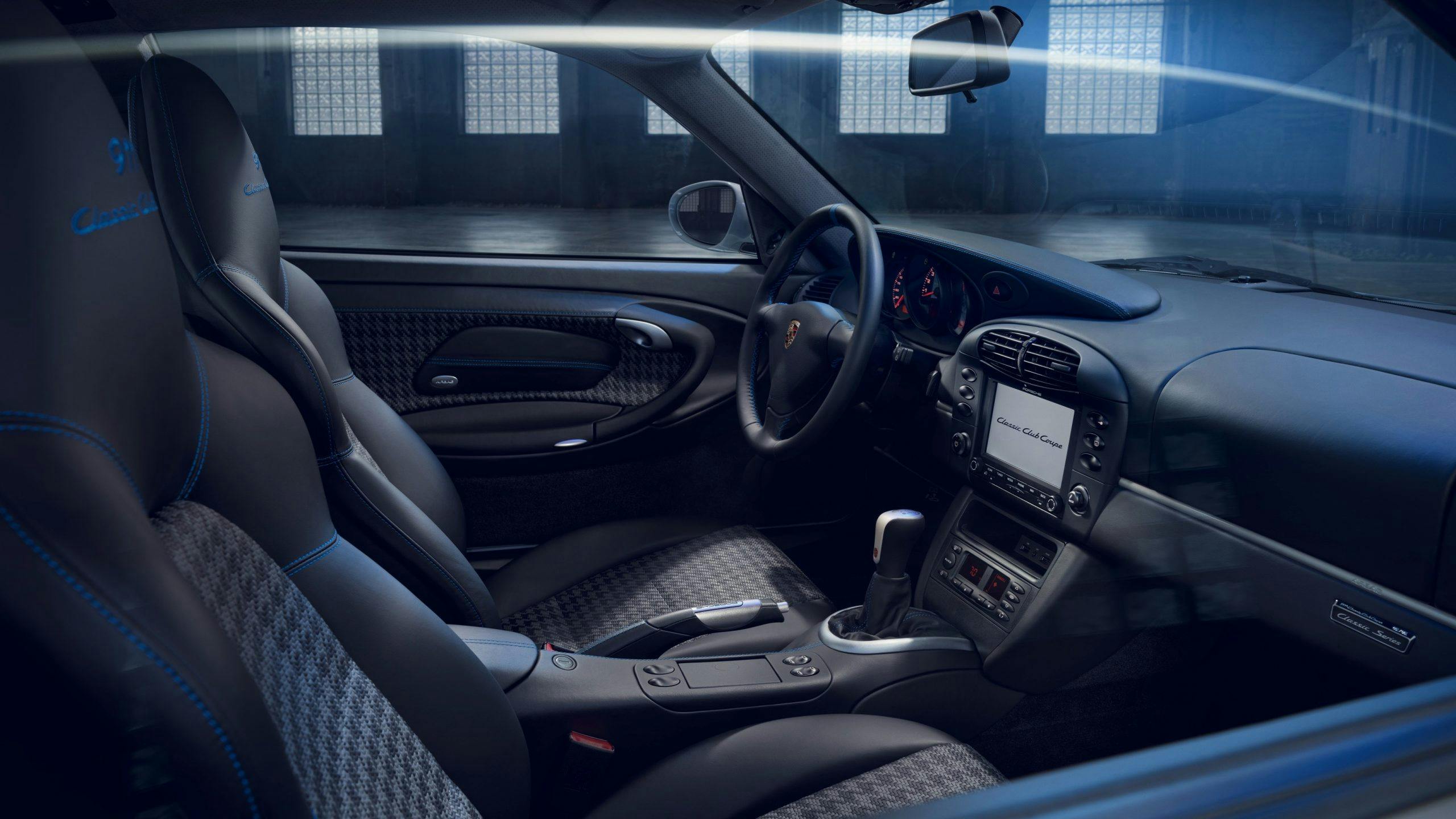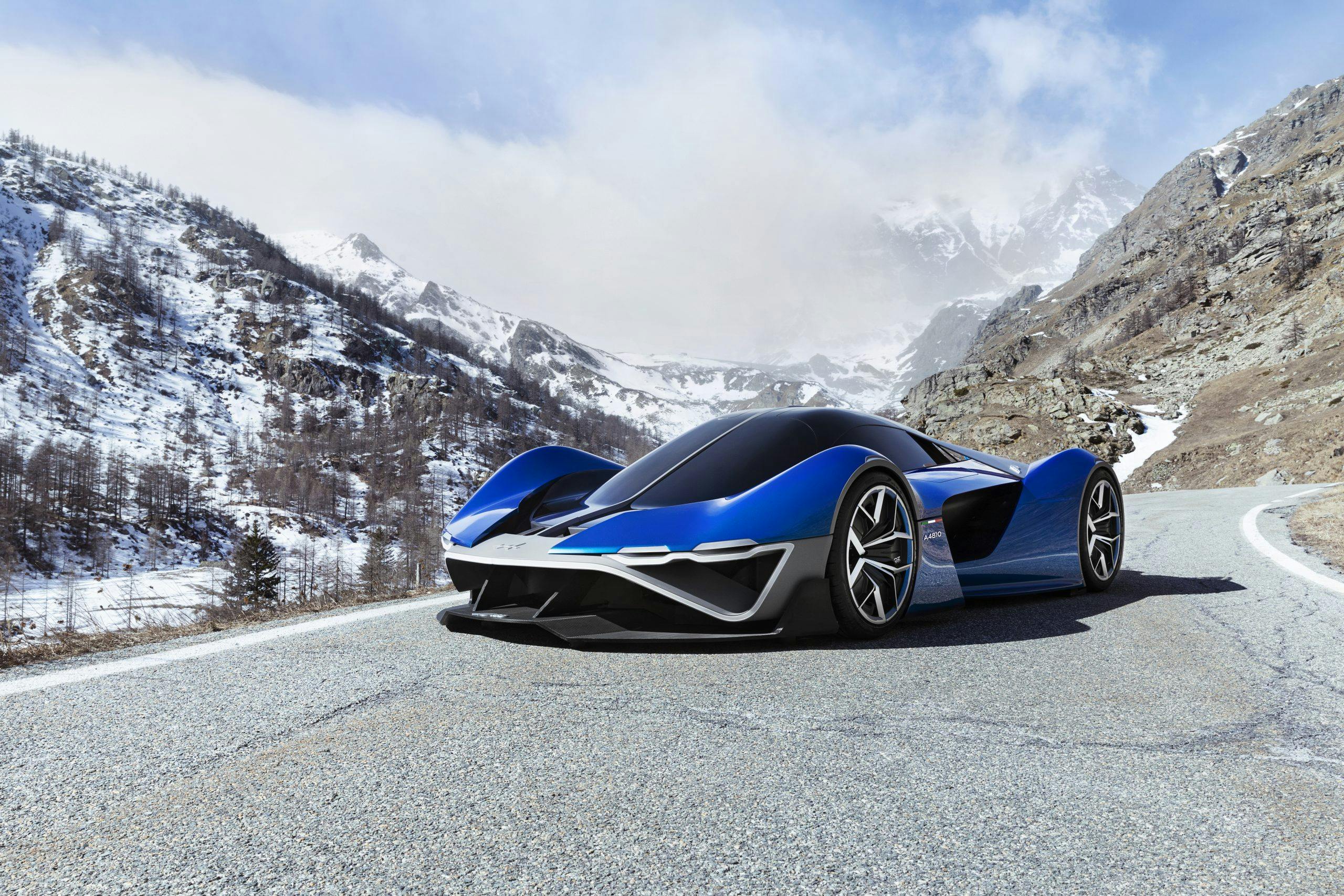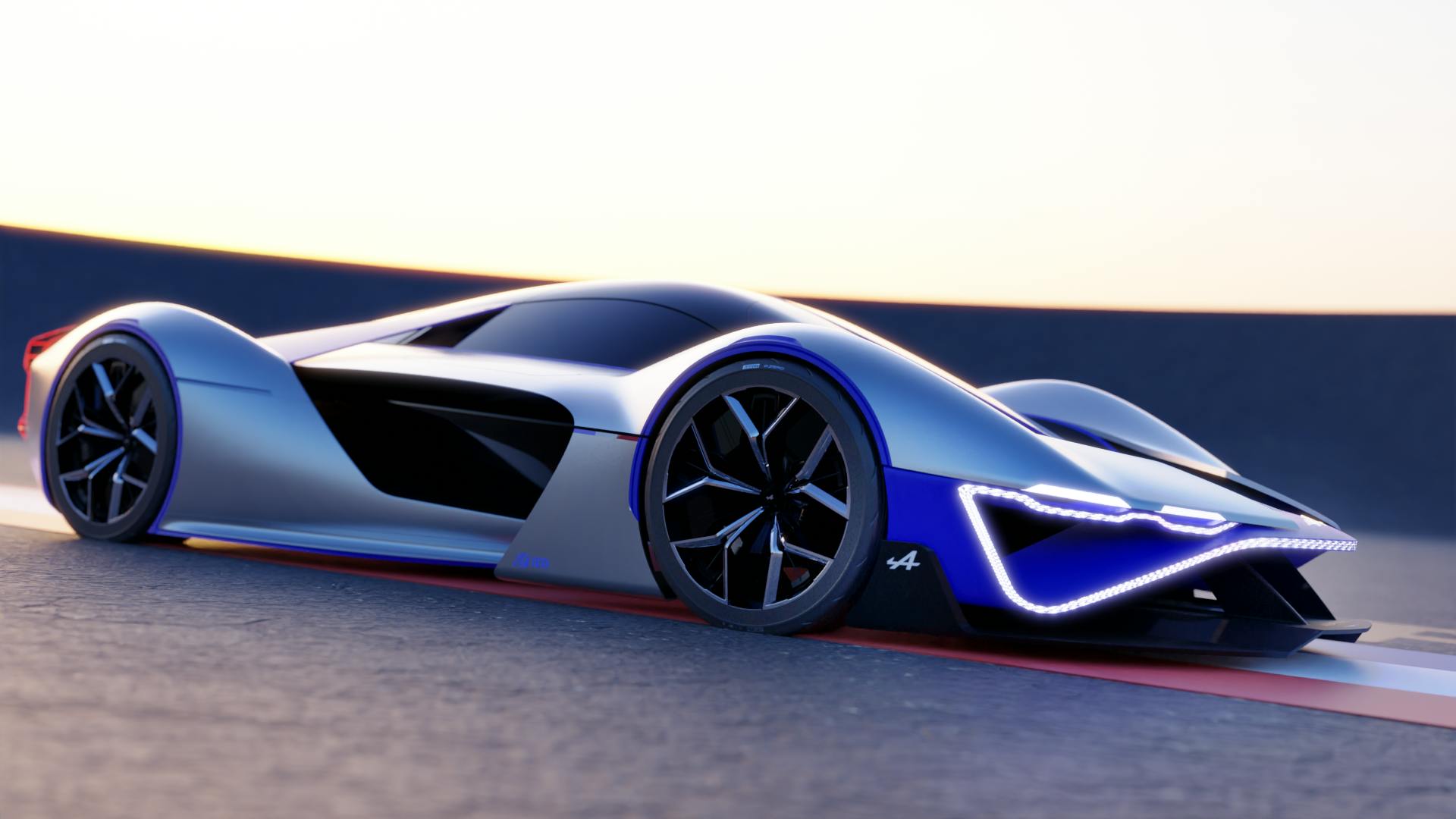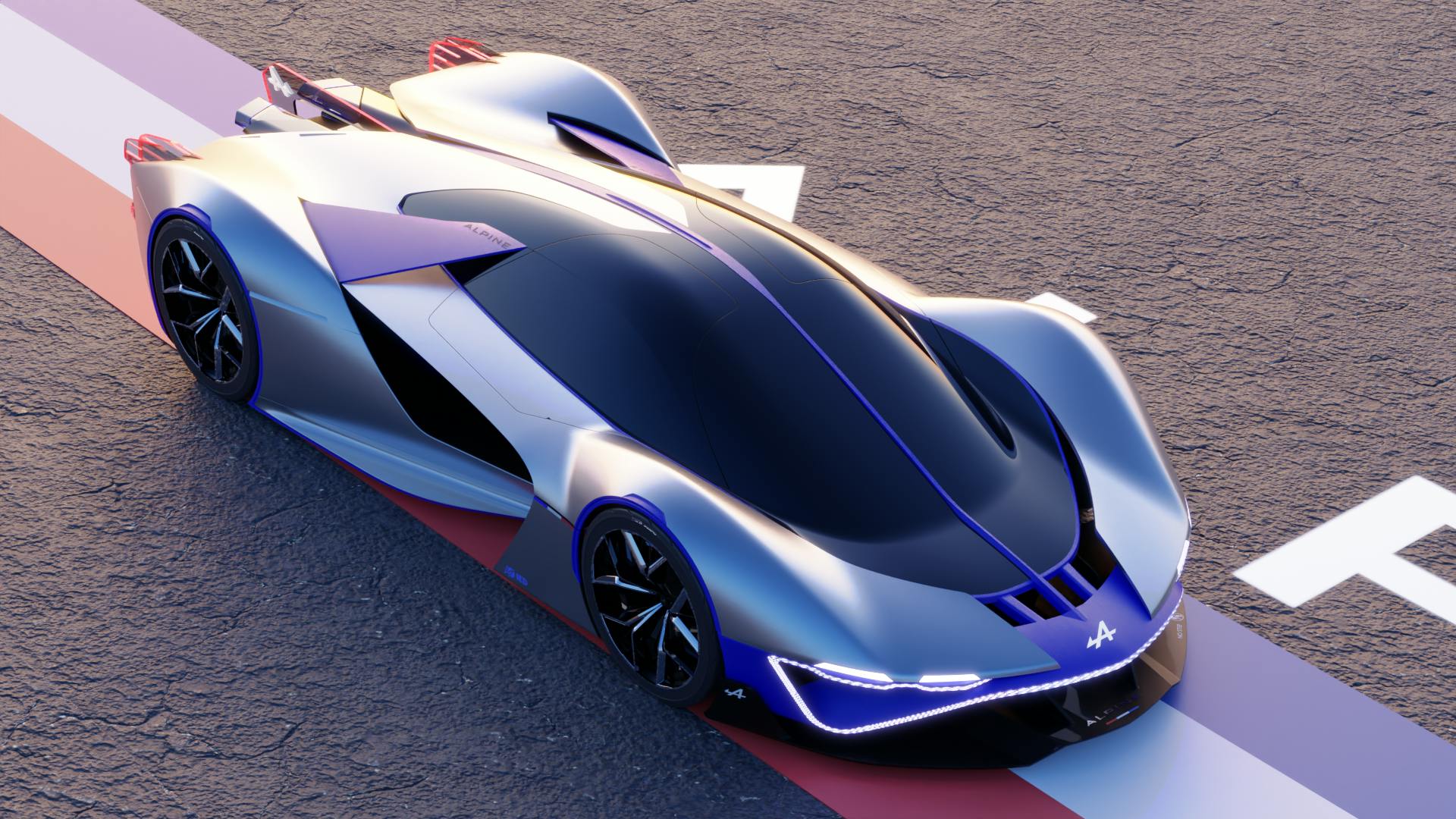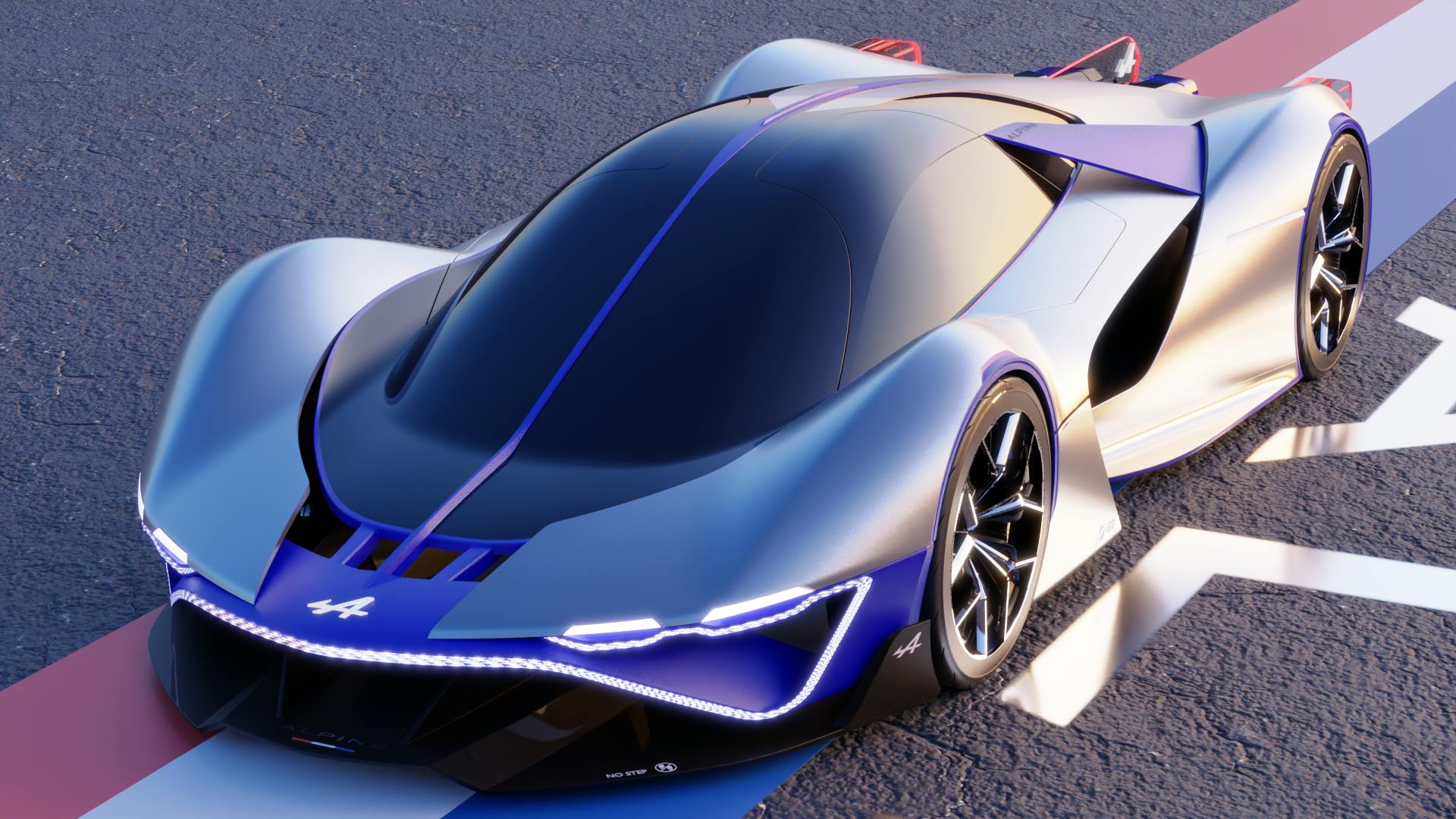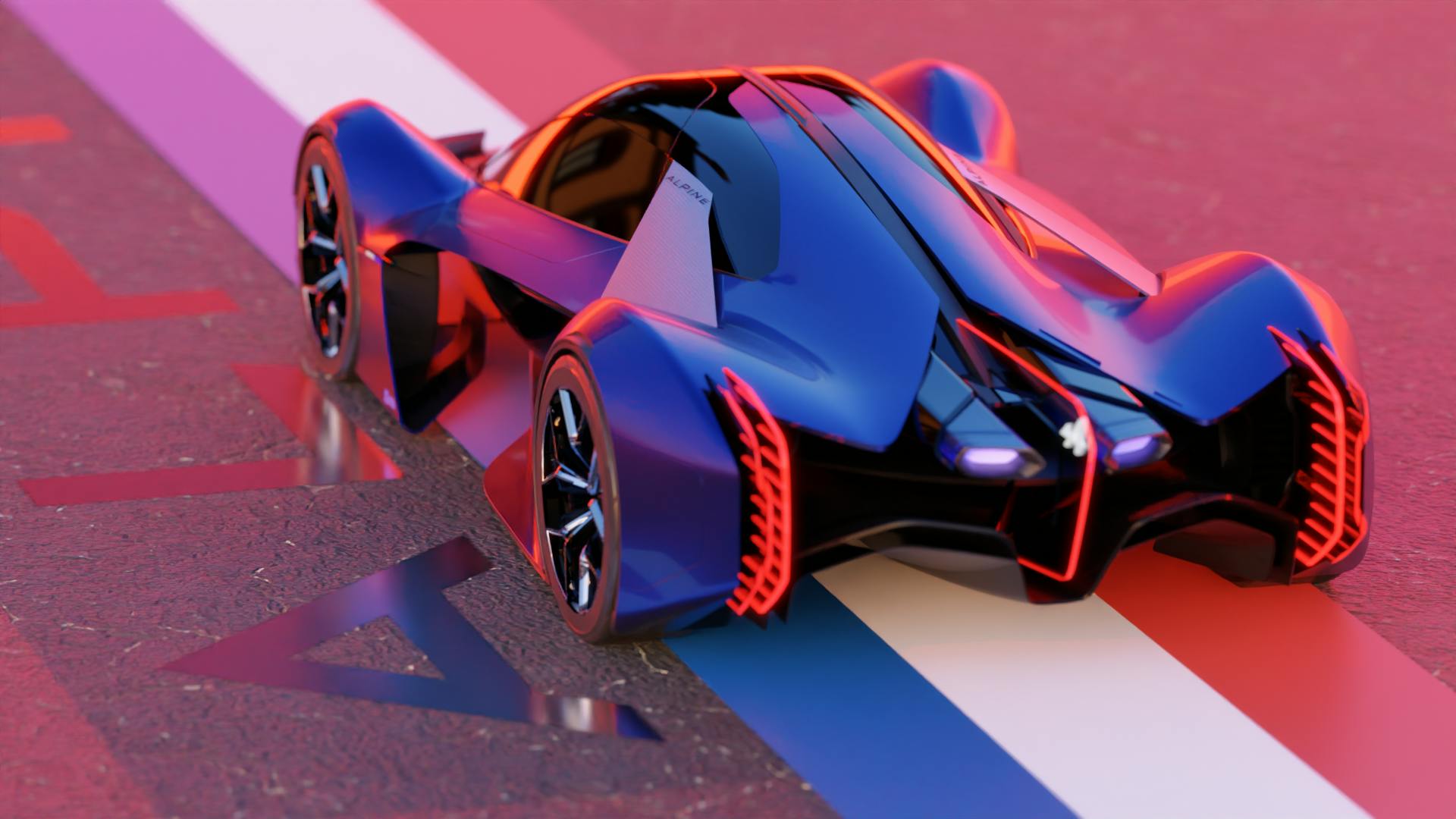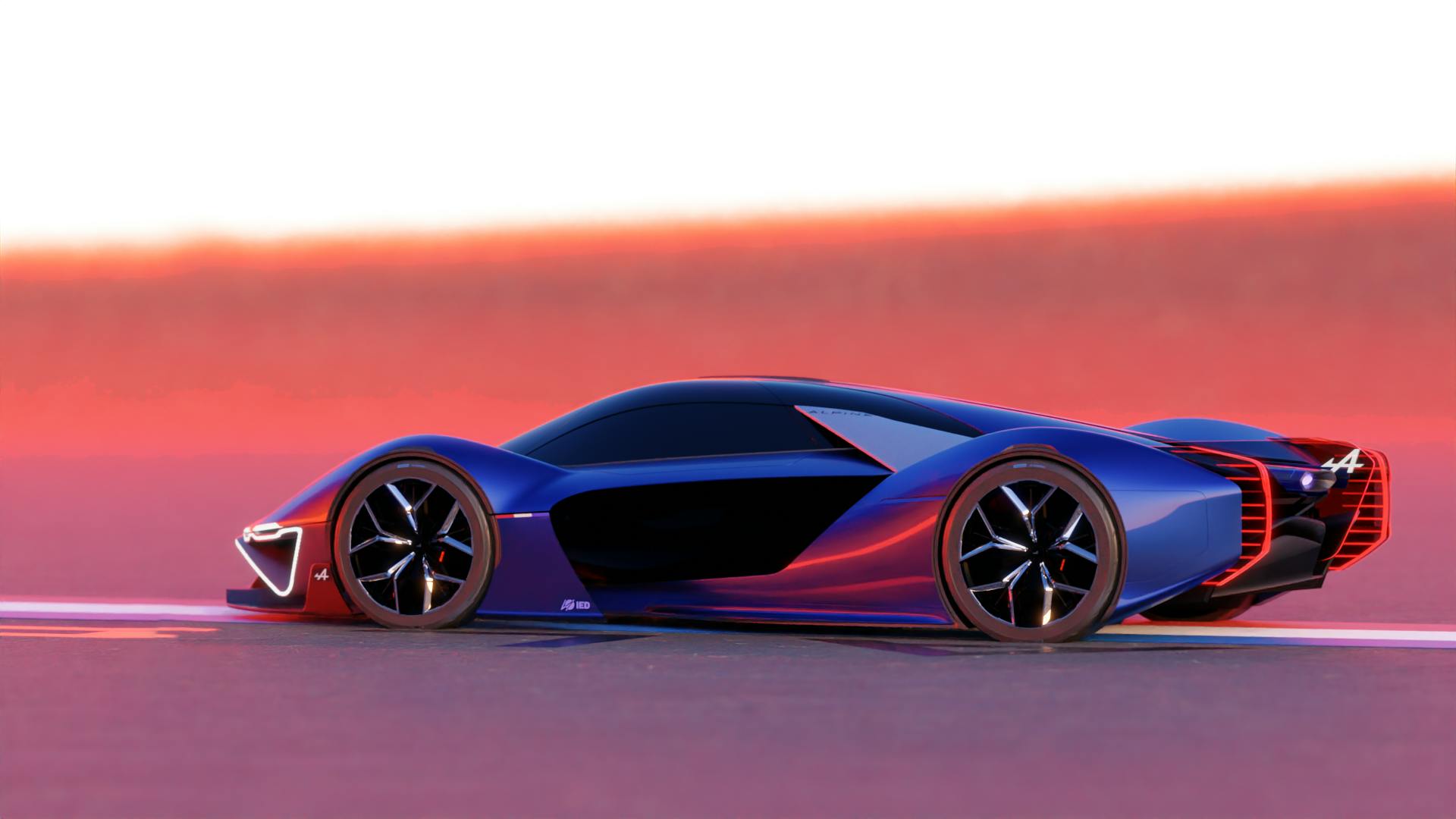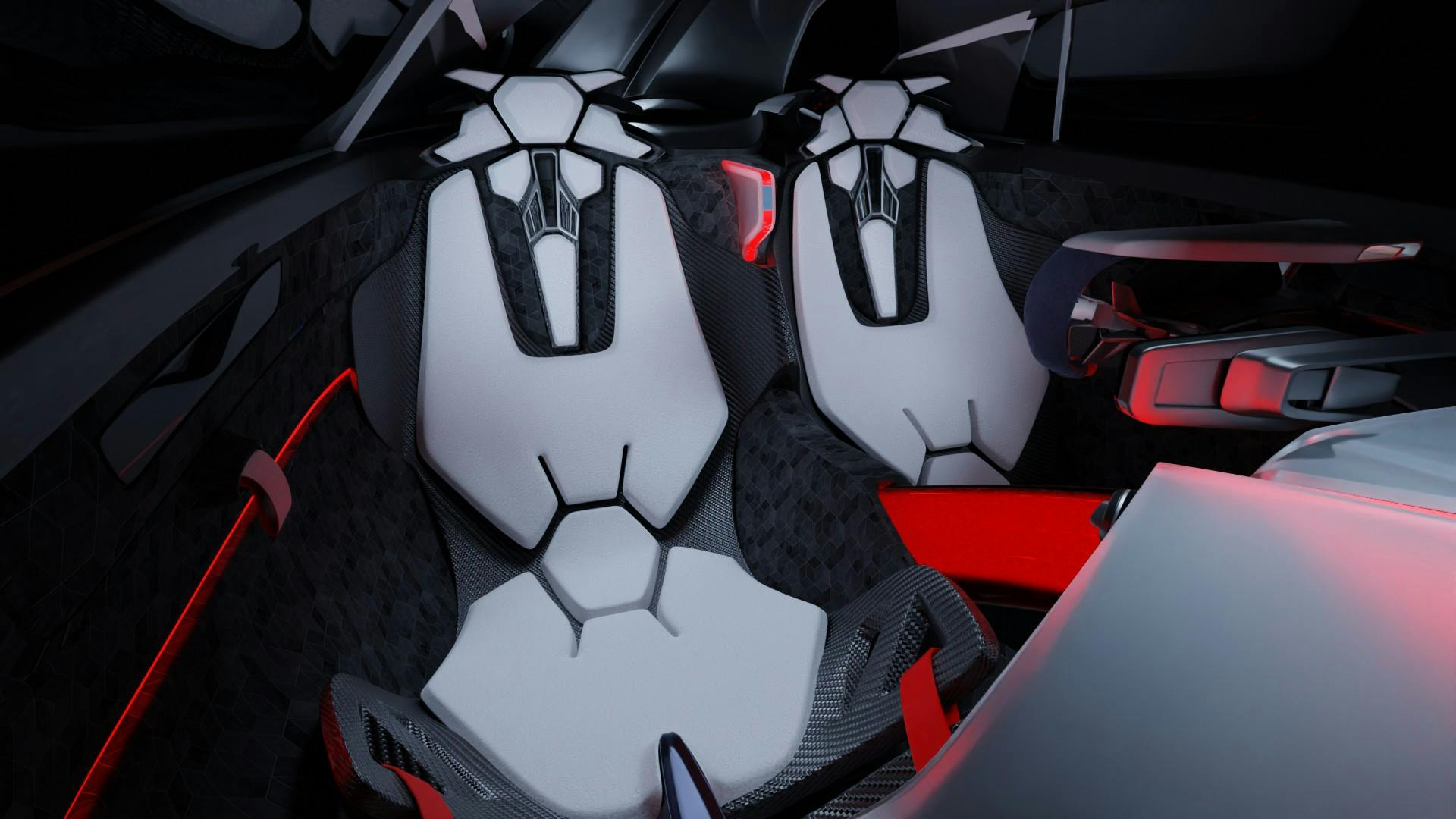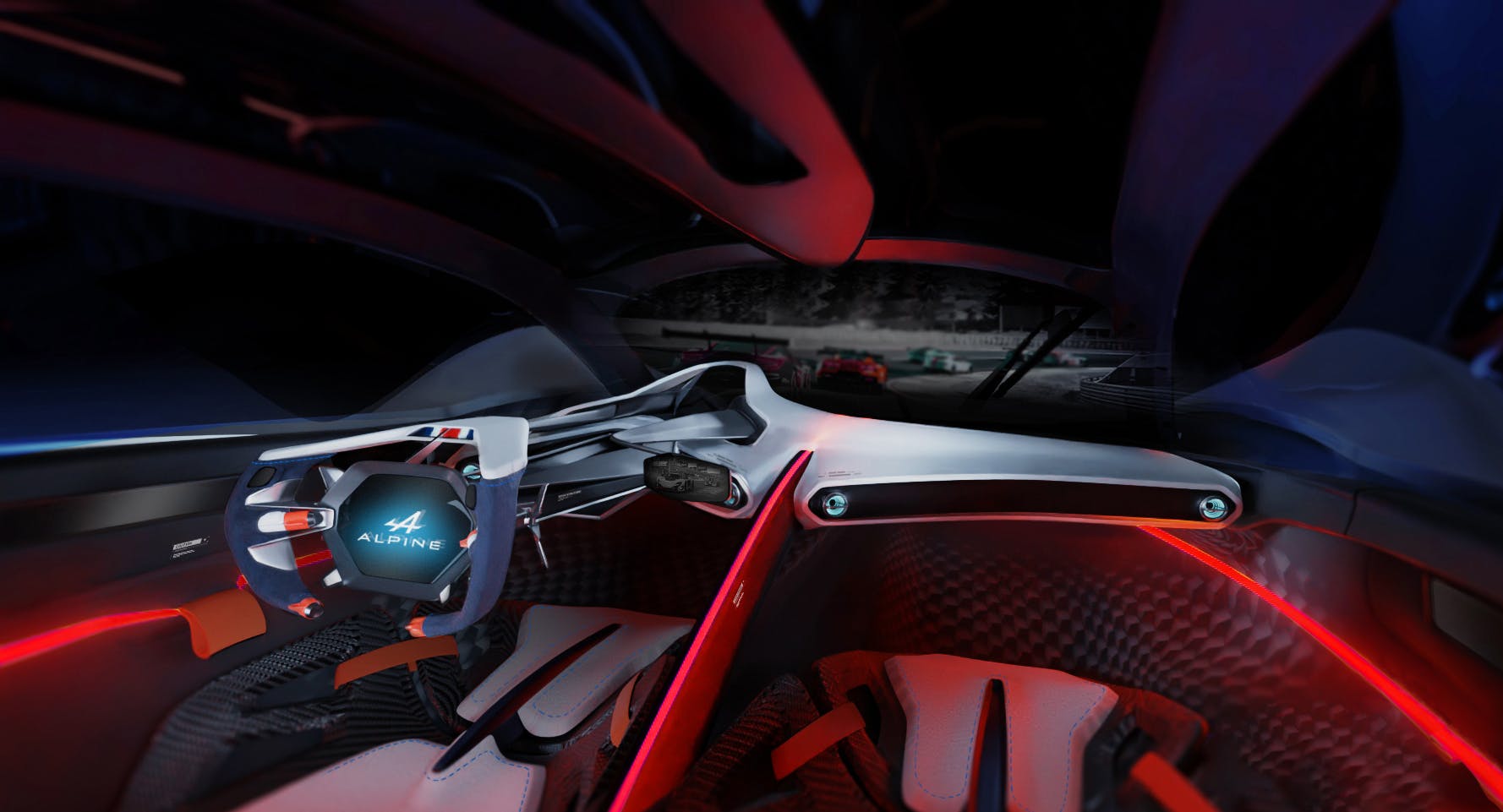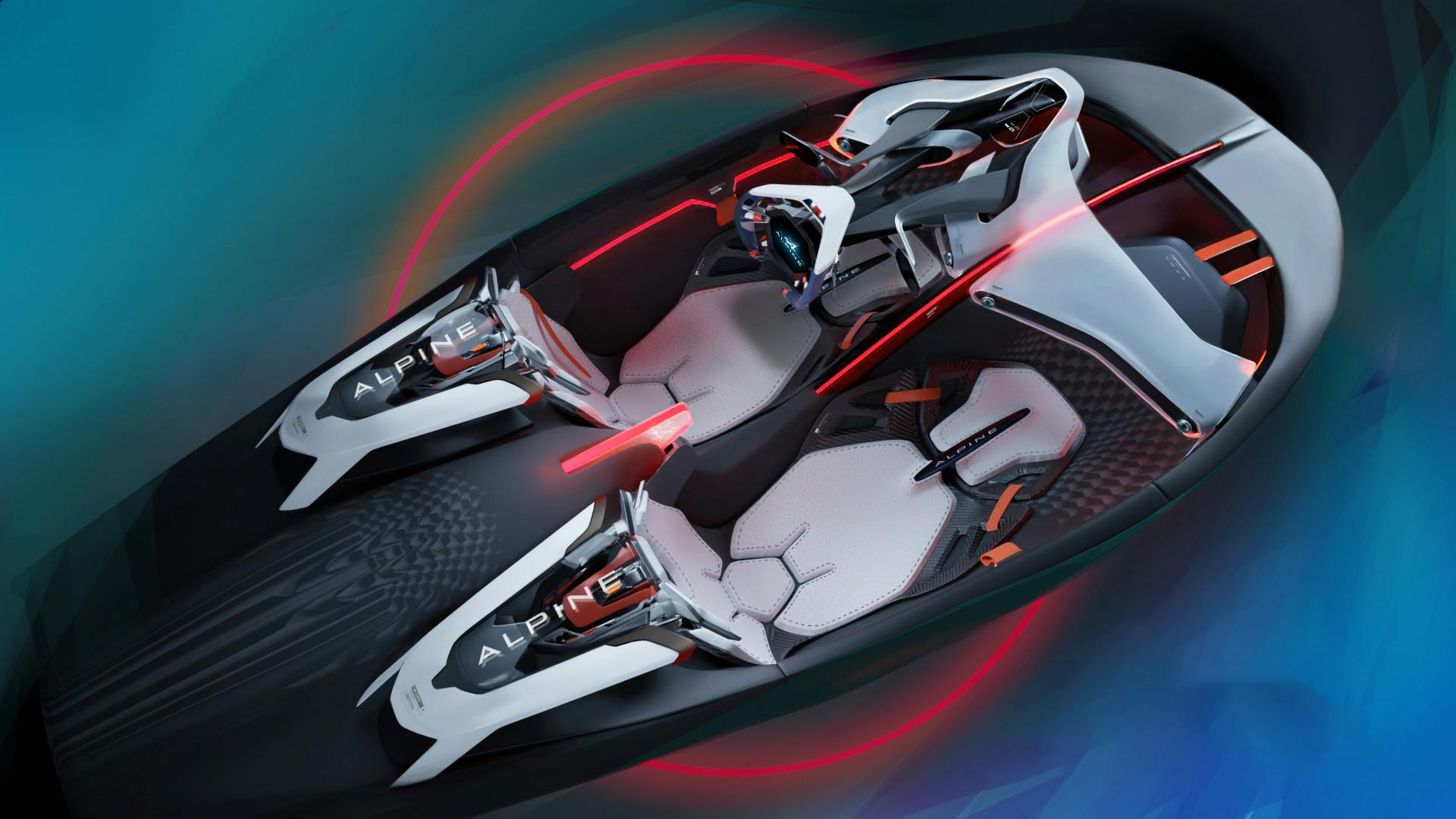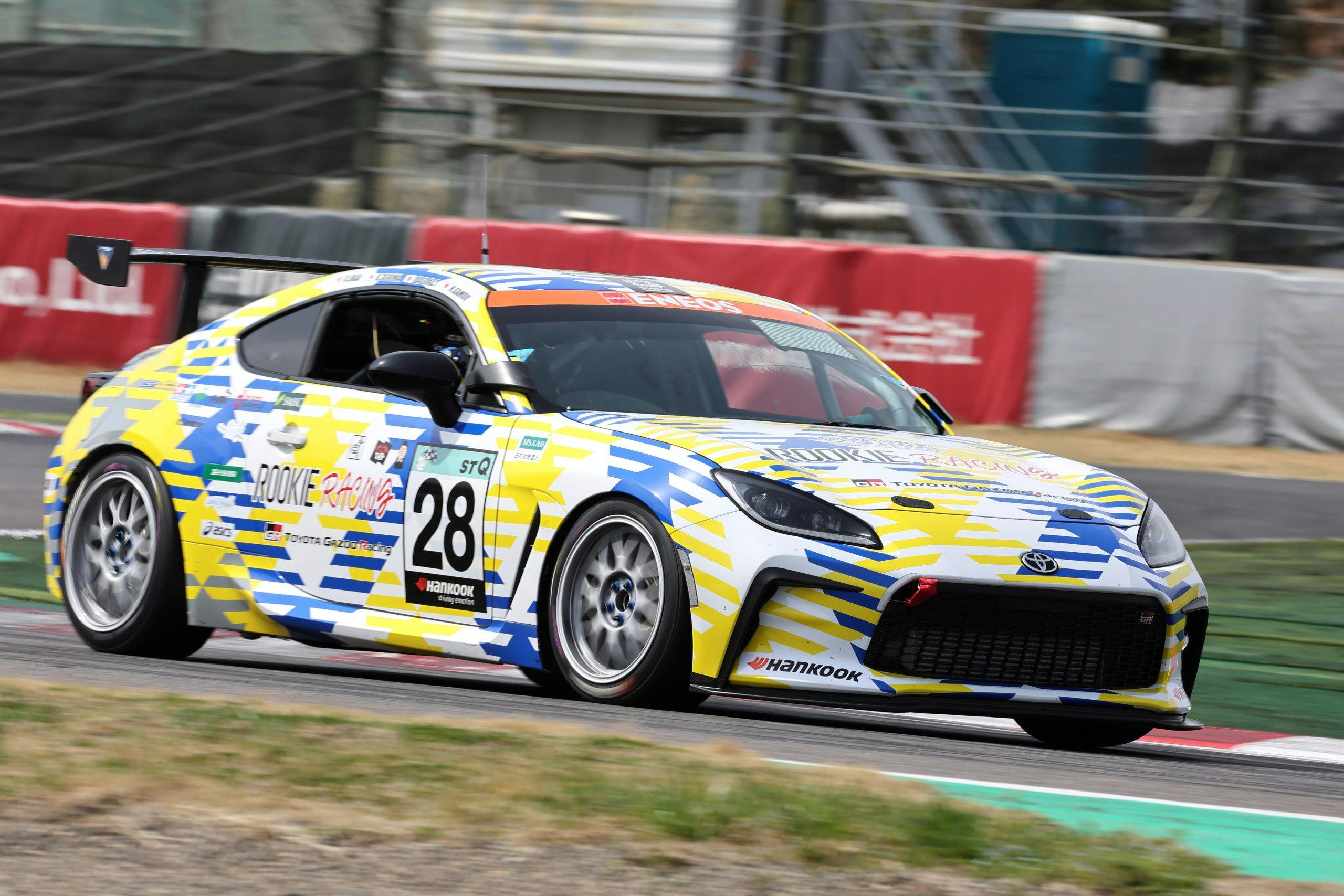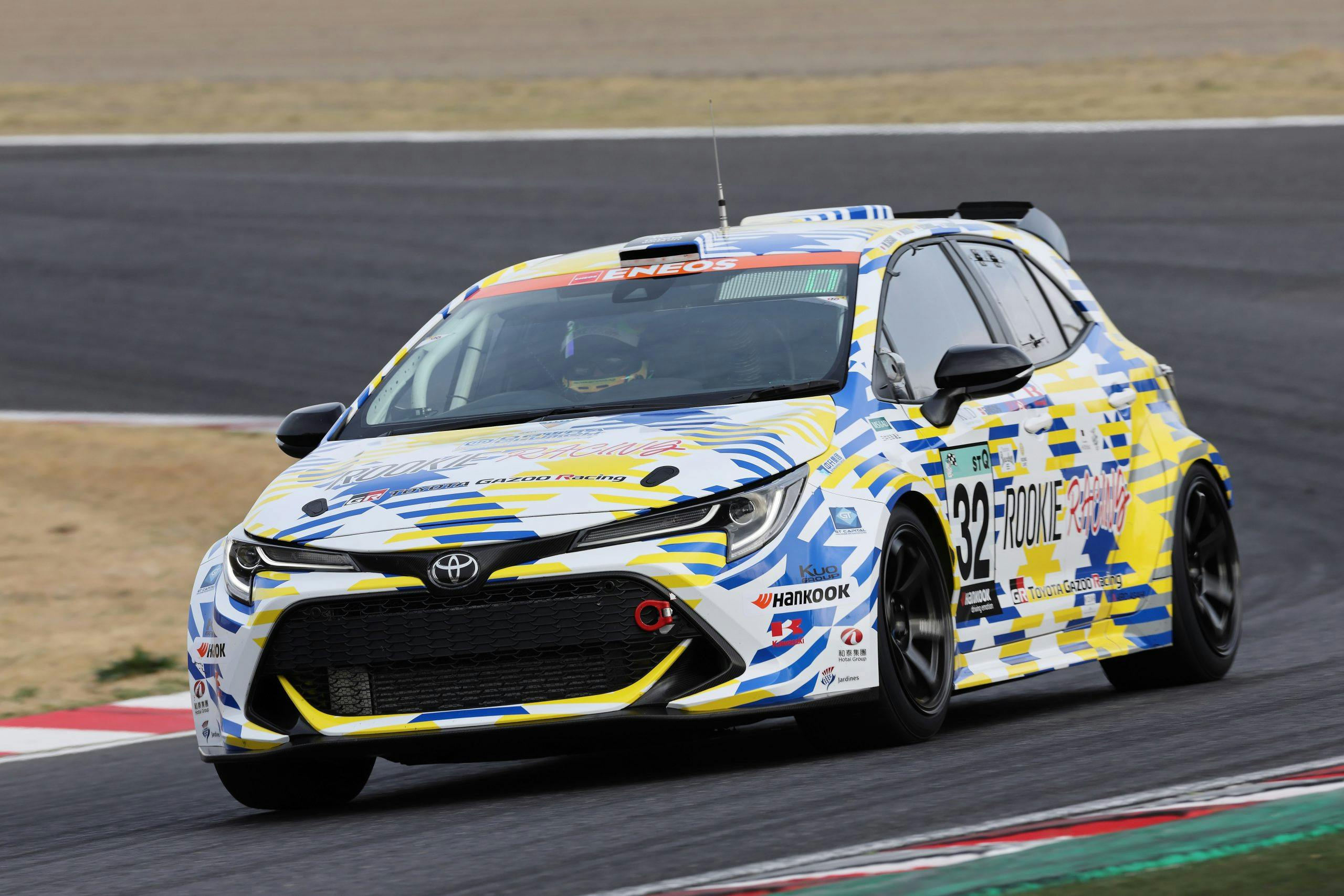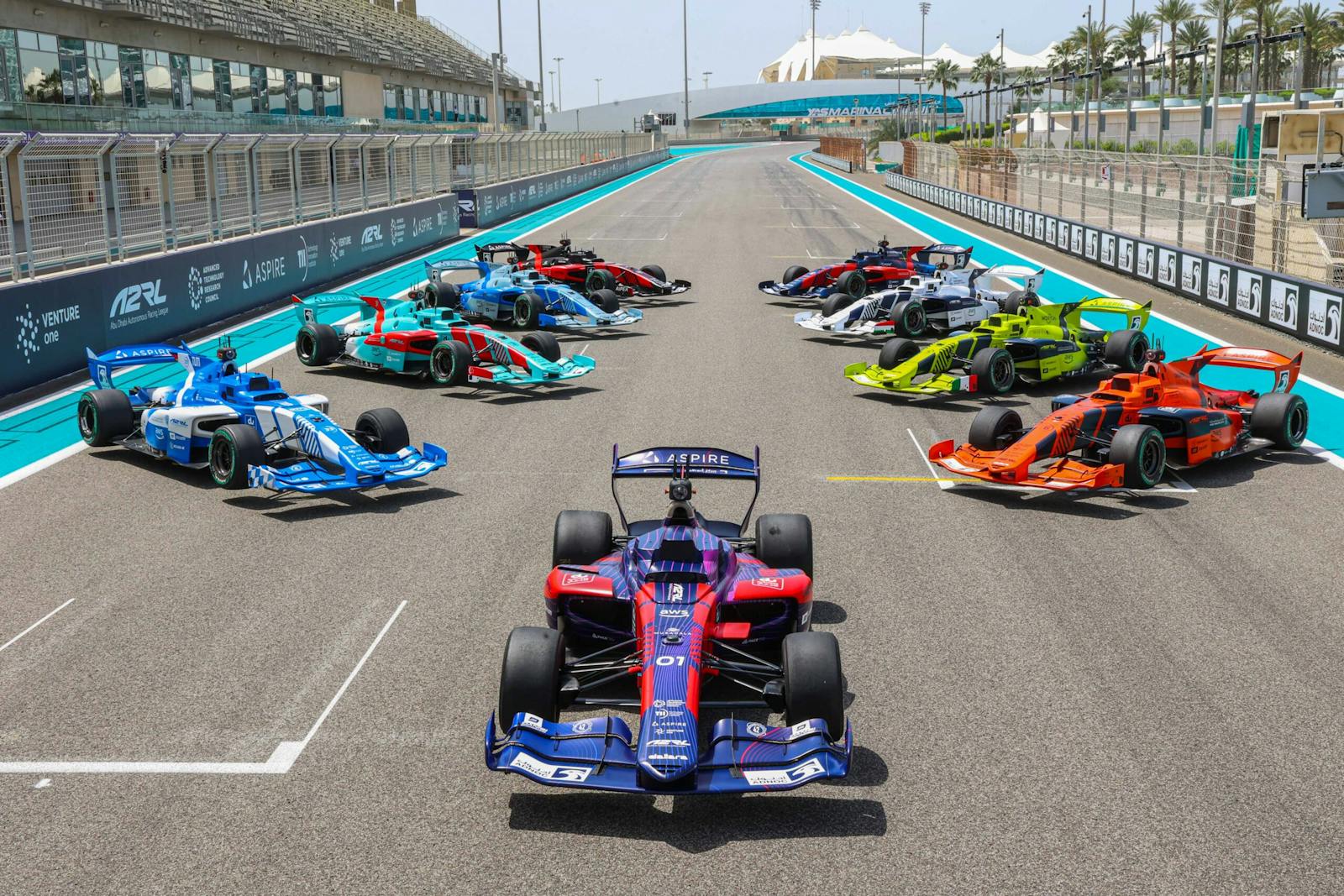Ford’s longest-range electric F-150 costs $74K, Porsche’s 996 test-mule sacrifice, Toyota’s alt-fuel showdown
Ford’s longest-range F-150 Lightning starts at $74K
Intake: Ford has announced the final EPA-estimated range figures for its new, all-electric F-150 Lightning: Pro, XLT, and Lariat models equipped with the 131-kWh extended-range battery pack are good for up to 320 miles of driving. (Together with the dual-motor setup, Ford estimates 563 hp and 775 lb-ft of torque.) With the 98-kWh standard-range battery pack, all Lightnings will get up to 230 miles of range. Output for these standard-range trucks is around 426 hp, though torque remains the same. The Platinum model, which comes exclusively with the bigger battery, will get 300 miles of range. (The 20-mile penalty over the Pro, XLT, and Lariat’s ranges is likely due to the added weight of many add-on features, including the max-tow package.) In its longest-legged configuration, the F-150 Lightning is still 9 miles of EPA-estimated range behind GMC’s gargantuan Hummer, but the Lightning does pip Rivian’s R1T by 6 miles.
The Lightning starts at $41,669 for a Pro model with the 98-kWh standard battery, but the prices will soar into the $90,000-range for the Platinum trim. Unless you’re a fleet manager, you’ll need to shell out at least $74,169 for an XLT to get the longer, 320-mile battery. That said, all F-150 Lightnings are eligible for the $7500 federal EV tax credit and will continue to be until six months after sales top 200,000 units. Plus, Ford is offering an eight year/100,000 mile warranty for the lithium-ion packs. Customer deliveries begin this spring.
Exhaust: Though the 320-mile Pro is a tantalizing deal, Ford’s decision to reserve it for fleets will cause even the EV-curious customers to wince. Consider this: For $71K, you can get a fully loaded F-150 Platinum Powerboost whose hybrid powertrain promises over twice the milage and beats the Lightning’s highest (targeted) tow rating by 2400 pounds. For many, the extra $5K over the Lightning XLT (factoring in the federal tax credit) will be money sensibly spent.
Corvette Racing finds redemption during Sebring’s 70th anniversary
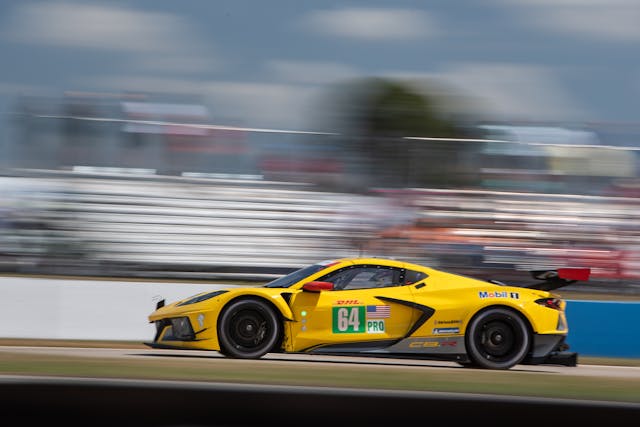
Intake: New Orleans has Mardi Gras. NASCAR has Talladega. Road racing has Sebring. “It’s the only race where your track markers are parties,” prototype racer Gar Robinson told IMSA. “You sort of judge your braking and turn-in points where certain parties are and go from there.”
Last weekend, the 17-turn course in central Florida hosted its annual “Super Sebring” party, a bacchanal of high-speed, high-drama endurance racing. First on tap: Europe’s World Endurance Championship—the series that features hybrid Hypercars at Le Mans and the like—ran 1000 km on Friday. Violent thunderstorms cut the action short as a red flag with an hour left in the endurance race halted action, thus delivering the overall win to Alpine’s Hypercar entry.
Saturday, it was IMSA’s turn. Its race, the 12 Hours of Sebring (which turned 70 years old this year), featured the usual cast of Cadillac and Acura prototypes swapping the lead as if in a game of hot potato. Ultimately, it was a Chip Ganassi-owned Caddy that was out front at the 12-hour mark. Corvette Racing got back to its winning ways after a dismal, gremlin-plagued effort at Daytona to finish first in class. “To have zero issues around here is a big feat in itself, because 12 hours around here is harder than 24 hours at Daytona or Le Mans,” Corvette racer Jordan Taylor. Sebring’s ancient surface is rough on drivers and their equipment. Guess you’ve got to play hard to party hard.
Exhaust: Professional racing needs more Sebrings. The course is a time capsule, and the minute you walk through the front gate, you can feel the course’s 70-year history. While NASCAR raced on the freshly reconfigured Atlanta, IndyCar on a revamped-in-2017 Texas Motor Speedway, and F1 carved through the 18-year-old gem that is Bahrain this weekend, road racing’s elite had to tactfully negotiate Sebring’s harrowing bumps, cracks, and curbs. The track reminds me of old playground equipment as opposed to the new plastic stuff that comes standard nowadays. Sure, you’re more likely to require a tetanus shot or a band aid after an afternoon there, but think of the unrestricted fun it promises—and, year after year, delivers.
Porsche dismembered a test mule so this 996 could be truly unique
Intake: One of the least-loved 911s has just had an incredible makeover under the Porsche Sonderwunsch program. Commissioned by the Porsche Club of America the 1998 Carrera was inspired by the 997 Sport Classic of 2009 and known as “Project Grey” thanks to its Sport Classic Grey hue. There’s much more to this reinvention than a lick of paint, though. A double-dome roof and ’72 RS-style ducktail rear spoiler transform the car’s profile, while 18-inch forged Fuchs rims fill the arches. In keeping with the PCA’s tradition, twin white racing stripes feature the club’s traditional blue in pinstripes and the interior also features Club Blue stitching alongside Pepita houndstooth trim.
Building the Classic Club Coupe took more than two years after the base car was found, neglected in a dealership in Columbia, Virginia, by PCA executive director Vy Nguyen. It was then shipped across to Germany for the painstaking strip and build which was designed by experts from Porsche Individualisation and Class and Porsche Style.
Exhaust: We got a sneak preview of the love Porsche lavished on this black sheep 911 earlier this month at The Amelia. Now we know which GT3’s guts are in this one-off: those of a 996.2 GT3. Porsche also revealed what happened to the test mule used to develop the chassis: It was taken apart so that this “Club Classic” remained inarguably one-of-a-kind. The presence of such a mule alone bears testament to Porsche’s commitment to this project, a focus which went far beyond aesthetics. The tester’s destruction seals the deal.
Can Alpine and 28 masters’ students convince you that hydrogen is hot?
Intake: Alpine, the noted coachbuilder and modifier of Renault products, teamed up with a design school to design a hydrogen-powered concept car that’s considered “a glimpse into just how sporty the future is set to become.” Called the A4810 Project, 28 masters-level students at the Istituto Europeo di Design in Italy were tasked with making this concept based on a brief from Alpine. The brief expressed the need for Alpine to design a “Super Berlinette” for the year 2035 (the berlinette name is evocative of the iconic Alpine A110 coupe). The two-seat supercar is envisioned as a high-performing vehicle both in terms of performance and environmental impact.
Exhaust: The design students created the A4810 Project with sketches, 3D models, renderings, animations, and Human Machine Interfaces. Alpine suggests the incorporation of the hydrogen power supply means this vehicle is a “full-fledged concept that is almost ready to take to the roads of a much more sustainable future.” While the concept’s fate remains to be seen, hopefully Alpine’s next creation sports the same bold and high contrast color and trim designs, and a similarly sleek and elegantly proportioned body.
Toyota is racing hydrogen, e-fuel, and regular gas cars against each other
Intake: Toyota is fielding three different cars with internal combustion engines burning three different types of fuel in the same Japanese endurance racing series. If you follow the 2022 ENEOS Super Taikyu Series Powered by Hankook you’ll see the ORC Rookie team running a hydrogen-powered Corolla H2, and a GR86 that uses carbon neutral fuel. A TOM’S SPIRIT GR86 will uphold the honors for regular gasoline. The hydrogen fuel is made at a solar-powered plant and transported to each circuit in either fuel cell or bio-fuel powered trucks to keep things green. The Corolla H2 made its debut in 2021, but now has 24 percent more power, a greater range, and can refuel much faster than before which should make it more competitive on the track, and in the pitlane.
Exhaust: The Super Taikyu series is a real test bed for new tech, with Mazda running a Bio concept Mazda2 and Subaru also fielding a BRZ running on carbon neutral fuel. In the opening round it was first blood to CNF with the GR86 coming second in its class (behind Subaru) while the Corolla H2 finished in fifth, beating the little Mazda.

